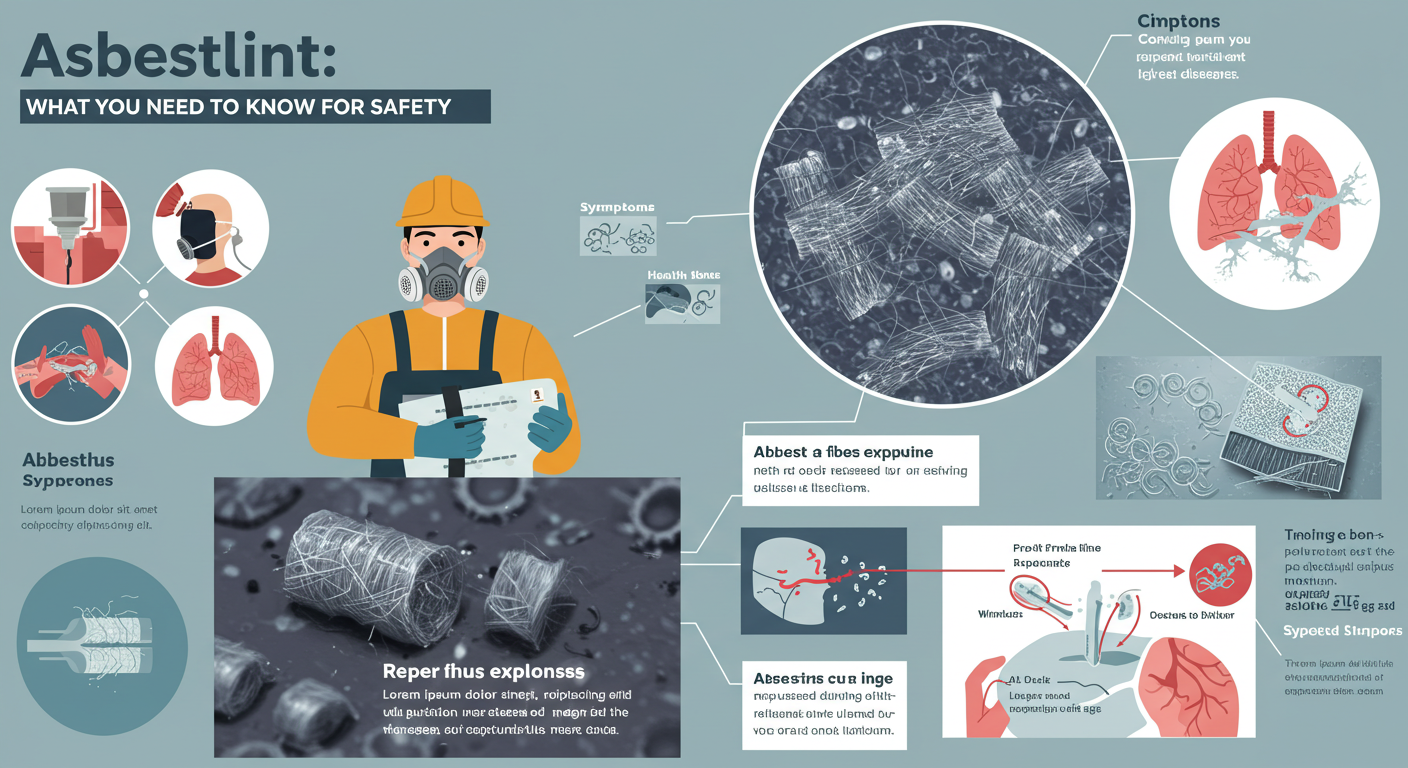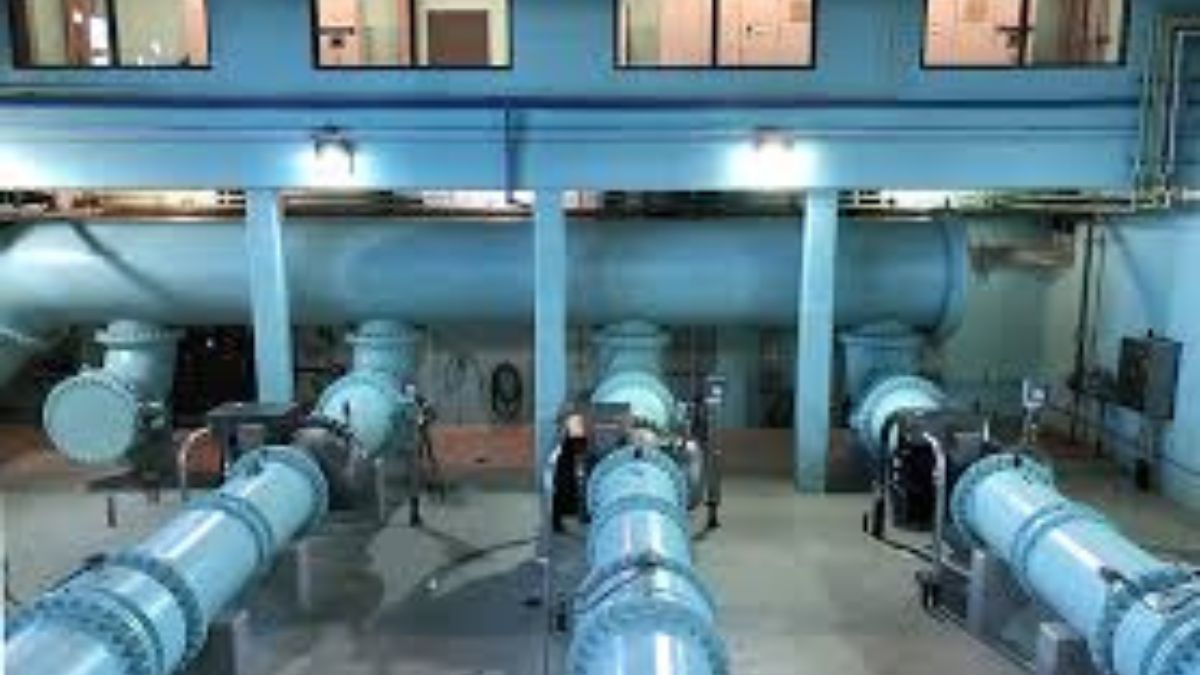Asbestos is a term that often evokes feelings of unease and concern. For many, it represents a hidden threat lurking in older buildings and homes. As we delve into the world of asbestlint, it’s vital to understand its significance and the potential hazards associated with it. Awareness can be your strongest ally when it comes to safety. This article will guide you through what asbestlint is, the dangers of asbestos exposure, how to identify it in your surroundings, and what steps you should take for safe handling. Whether you’re a homeowner or an employee working in an older structure, this knowledge could protect not only yourself but also those around you from harm. Let’s explore all there is to know about this silent menace!
What is asbestlint?
Asbestlint, or asbestos tape, is a type of material used in various applications, often to seal or insulate. It contains asbestos fibers that make it durable and heat-resistant.
This product was commonly employed in construction and HVAC systems. Its effectiveness made it popular for decades before the dangers of asbestos became widely known.
Typically found in older buildings, asbestlint can be present around pipes, ducts, and electrical installations. Recognizing its presence is crucial for safety.
Due to its hazardous nature, handling asbestlint requires attention and care. Proper identification is essential before any renovations or repairs are undertaken.
Understanding what asbestlint is will help you take necessary precautions when dealing with this dangerous material.
The Dangers of Asbestos Exposure
Asbestos exposure poses serious health risks that often go unnoticed until it’s too late. Tiny fibers can become airborne and easily inhaled, leading to dangerous lung conditions.
Prolonged contact may result in diseases like asbestosis, a chronic lung condition causing severe breathing difficulties. More alarmingly, it significantly increases the risk of mesothelioma, a rare but aggressive cancer affecting the lining of vital organs.
Symptoms may take years to develop. Individuals exposed might not feel ill until decades later. This delayed onset complicates diagnosis and treatment options.
Even minimal exposure during renovations or repairs can be harmful. Asbestos is particularly insidious because it often lurks behind walls or ceilings, hidden from plain sight yet posing ongoing dangers.
Awareness is crucial for prevention. Educating yourself about asbestos-related hazards could mean the difference between safety and serious health problems down the road.
Identifying Asbestos in Your Home or Workplace
Identifying asbestos in your home or workplace can be a daunting task. Many materials may contain this hazardous substance, especially in buildings constructed before the 1980s.
Start by looking for common sources like insulation, ceiling tiles, floor tiles, and roofing shingles. These materials often have a textured appearance that can easily blend into the surroundings.
Pay attention to areas around pipes, ducts, and electrical wiring where asbestos might have been used as an insulator. It’s crucial to remember that if you’re unsure about a material’s composition—don’t disturb it.
If you suspect that you’ve found asbestos-containing materials (ACMs), consider hiring a professional for testing. DIY methods can release harmful fibers into the air, increasing health risks significantly.
Being proactive in identifying potential sources is key to ensuring safety at home or work environments.
How to Handle Asbestos Safely
When dealing with asbestos, safety is paramount. First, avoid disturbing materials that may contain asbestlint. If you suspect asbestos presence, do not try to remove it yourself.
Always wear protective equipment such as a mask and gloves if you must be in the area. This minimizes your exposure significantly. Ensure proper ventilation by opening windows or using fans.
If removal is necessary, hire certified professionals who specialize in asbestos abatement. They have the training and tools required for safe handling and disposal.
Before any work begins, inform everyone in the vicinity about potential risks. Clear out unnecessary personnel from the area to reduce exposure risk.
Always follow local regulations regarding asbestos management and disposal to ensure compliance with health guidelines.
Legal Regulations and Requirements for Dealing with Asbestos
When dealing with asbestlint, understanding legal regulations is crucial. Various laws govern how asbestos must be handled in residential and commercial settings.
In many countries, property owners are required to identify the presence of asbestos before renovations or demolitions begin. This involves thorough inspections conducted by certified professionals.
If asbestos is found, specific protocols dictate its management and removal. These often include notifying relevant authorities and employing licensed contractors for safe abatement.
Failure to comply with these regulations can lead to hefty fines and legal repercussions. Additionally, non-compliance puts public health at risk.
Always stay updated on local legislation regarding asbestlint, as requirements can vary widely depending on your location. Being informed helps ensure safety for you and those around you while protecting your rights as a property owner.
Alternative Options for Removing Asbestos
When it comes to dealing with asbestlint, many homeowners are understandably apprehensive. Fortunately, there are alternative options available for safe removal.
One option is encapsulation. This involves sealing off the asbestos material with a protective coating. It effectively prevents fibers from becoming airborne and poses less risk during the process.
Another route is using specialized abatement contractors. These professionals have the training and equipment to handle asbestos safely. Hiring experts minimizes exposure risks and ensures compliance with regulations.
For smaller projects, DIY containment methods can be considered, but caution is key. Proper protective gear must always be worn if attempting this approach.
Some localities offer disposal programs that help manage asbestos waste responsibly. Utilizing these resources can ease concerns about proper handling after removal efforts are complete.
Protecting Yourself and Others from Asbestos Exposure
To protect yourself and others from asbestos exposure, awareness is key. First, understand where asbestos might be lurking in your environment. Common areas include older homes, outdated insulation, and certain building materials.
If you suspect the presence of asbestlint, avoid disturbing it. Disturbance can release harmful fibers into the air. Instead, leave any potential hazard alone until a professional assessment is conducted.
Proper personal protective equipment (PPE) goes a long way in ensuring safety during inspections or renovations. Wear masks specifically designed for airborne particles and use disposable coveralls to minimize contamination risks.
Educate those around you about the dangers of asbestos. Sharing knowledge empowers everyone to act safely when dealing with suspected materials.
Always prioritize hiring certified professionals for removal tasks. They have specialized training to handle hazardous materials without compromising safety.
Final Thought
As you navigate the complexities of asbestlint, it’s essential to prioritize safety above all. Awareness is your first line of defense against potential hazards.
Understanding its presence in older buildings can empower you. Knowledge allows for informed decisions regarding inspections and remediation.
Consider seeking professionals when dealing with asbestos. Their expertise ensures proper handling, minimizing risks associated with exposure.
Staying proactive about health checks is vital too. Regular screenings can catch issues early, providing peace of mind.
Community awareness plays a crucial role in prevention. Share information and resources with friends and family to foster a safer environment for everyone around you.
Conclusion
Asbestos remains a significant concern in many environments, particularly older buildings. Understanding what asbestlint is and recognizing its potential dangers is crucial for everyone. Awareness of how to identify asbestos in your home or workplace can save lives.
Handling asbestos safely requires knowledge and adherence to legal regulations. It’s essential to approach any situation involving asbestos with caution and respect for the health risks involved. There are alternative options available for removal that do not compromise safety, emphasizing the importance of professional assistance when needed.
Protecting yourself and those around you from exposure should always be a top priority. By being informed and proactive about asbestlint, you can contribute to a safer environment for yourself and others.
Taking these precautions makes all the difference in mitigating risks associated with this hazardous material. Make it your mission to stay educated on asbestos-related issues—your health may depend on it.










